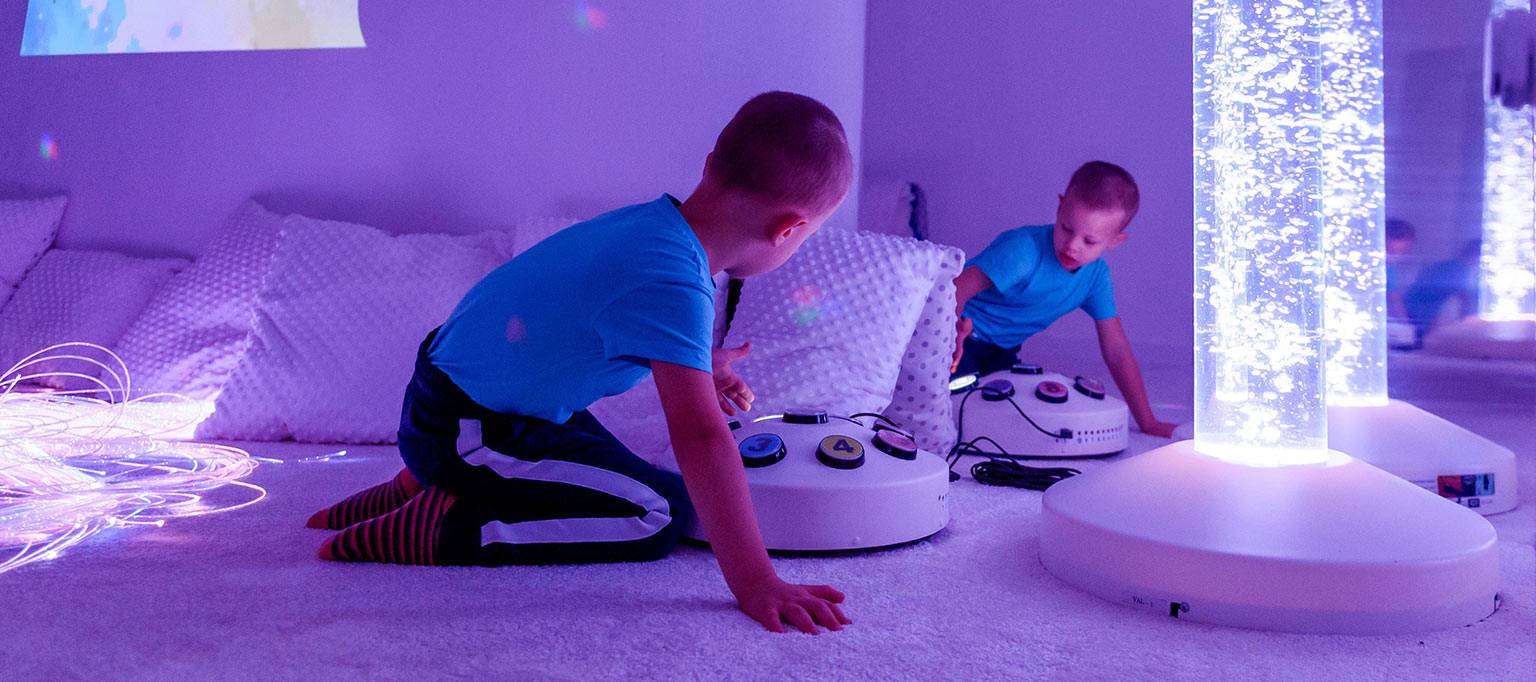Sensory Processing Difficulties

Sensory Advice
Sensory processing refers to how we use the information provided by all of the sensations from within our body and from our environments. Our senses integrate to help us understand who we are, where we are and what is happening around us. When our senses are integrated correctly we are able to respond appropriately to the sensation. For example, we know to take off a piece of clothing that is irritating us or we may take time to smell something that we like.
Those people who have sensory processing difficulties find it hard to work out what is happening around them and inside their bodies as they are not registering sensory information accurately. For example, in a school situation when standing in a line, another child may brush up against them and this feels painful to them or the noise levels in the lunch hall feels like people are screaming in their ear. Some children need to move around in their seat more than others as their bodies are not providing enough information as to where their arms and legs are so the extra movement gives extra feedback.
Those children who experience sensory processing difficulties seem to have difficulty coping with information in their environment. This can result in children over-responding or under-responding to sensory information and these children need support from those around them to learn and develop strategies to make their life a little bit easier. If a child does not get help when it is needed they may become overwhelmed, overly active, fearful or upset.
We have seven different senses:
- Vestibular
- Audiotory
- Proprioception
- Smell/Taste
- Vision
- Tactile
Please view our useful download to find out more information about these senses.
There are also useful downloads on how Sensory advice for home and Sensory advice for schools.
General Information
Useful Downloads
Useful Links
Our Service Pages
Children’s Occupational Therapy Service